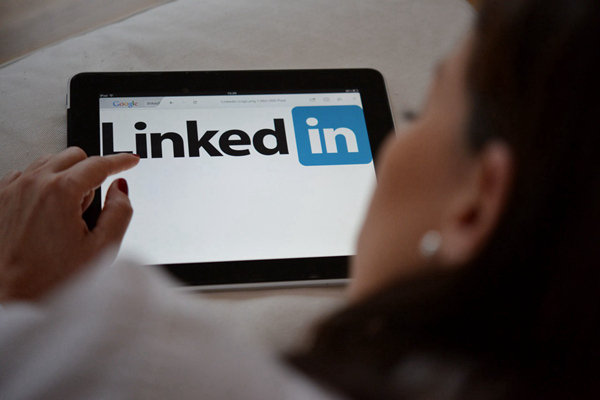LinkedIn launches a new AI recruitment assistant designed to help recruiters find talent more efficiently. The assistant uses artificial intelligence technology to intelligently recommend candidates based on job descriptions or prompts, and evaluate candidate qualifications, simplify the recruitment process, allowing recruiters to focus more on finding outstanding talents. The launch of this new feature reflects LinkedIn's determination to use AI technology to optimize the recruitment process and also marks the increasing maturity of AI's application in the recruitment field.
Recently, LinkedIn announced a new feature called Hiring Assistant, aiming to leverage AI technology to help recruiters find the right talent more easily. This recruitment assistant can intelligently recommend candidates who meet the criteria based on the recruiter's job description or the prompts written down.

Harry Srinivasan, vice president of product at LinkedIn Talent Solutions, said in an interview with the media that many recruiters have spent too much time writing emails, sending messages and pasting job descriptions on different platforms, which makes them Unable to focus on the core of recruitment – find great new employees. Therefore, when developing a "recruitment assistant", LinkedIn's goal is to simplify the workflow of recruiters and enable them to find talent that meets the requirements faster.
“We are not just referring to matching candidates, these assistants also evaluate each candidate’s resume and determine whether they are suitable for the position,” Srinivasan said. He stressed that LinkedIn combines AI with changing hiring. Today, many companies are using AI technology to optimize recruitment and interview processes.
To achieve this, LinkedIn launched an AI proxy. Recruiters can enter tips such as “I need an engineer with experience in machine learning and large-scale product management” or use an existing job description directly. This AI assistant analyzes this information, translates it into job requirements, and builds a pipeline of candidates to even identify people who have applied for the position before.
Ellan Berger, vice president of product engineering for recruitment assistant development, mentioned that LinkedIn recognizes that AI agents are non-deterministic, so humans still need to be involved. They also created a "orchestration layer" that enables these agents to decompose tasks using reasoning capabilities.
In addition, they construct “experience memory” for the agent, which means that the agent can remember past interactions with the recruiter and adjust the way he finds candidates based on feedback. Berger said that as the functions continue to evolve, this process will no longer be a linear process.
LinkedIn has also previously used Generative AI technology and launched AI chat tools last year to enable users to generate messages, resumes and job descriptions. The company's founder Reid Hoffman also proposed the concept of "super agent", believing that AI should be used as a tool for humans, rather than replacing humans.
Key points:
LinkedIn launches a “Recruitment Assistant” that uses AI technology to help recruiters effectively match candidates.
AI assistants can intelligently recommend appropriate candidates based on job descriptions and evaluate their eligibility.
LinkedIn’s goal is to simplify the recruitment process through AI so that recruiters can focus more on finding great talents.
In short, LinkedIn's AI recruitment assistant represents the direction of technological innovation in the field of recruitment. To improve efficiency through AI technology, the ultimate goal is to improve recruitment quality and find the most suitable talents for the company. In the future, with the continuous development of technology, AI will play a more important role in the field of recruitment.